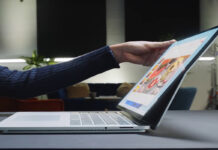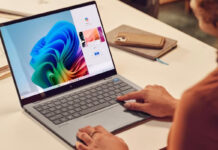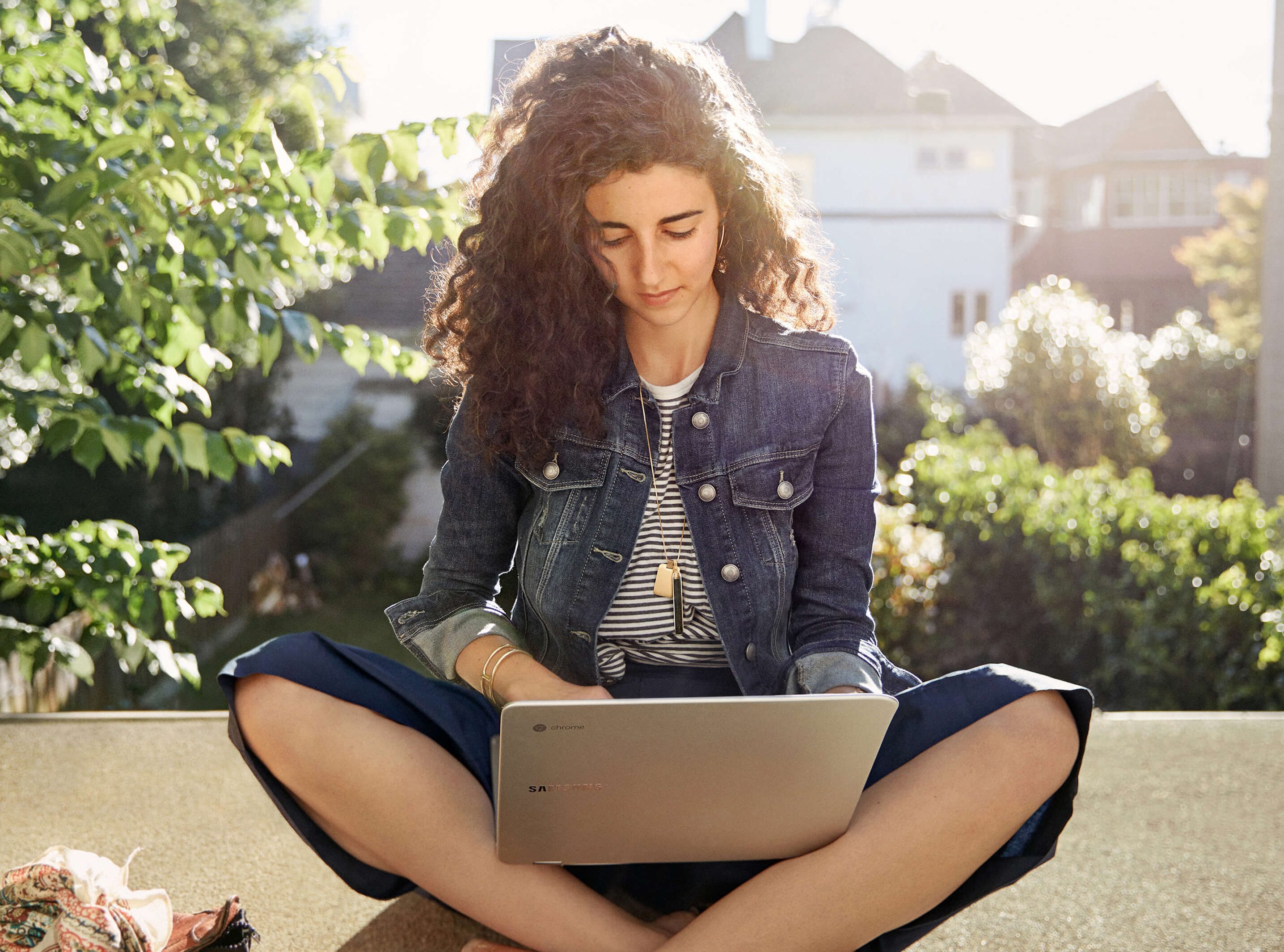
Seven years is a long time in technology. Now that the Chromebook is seven years older, it’s a great time to take a look at the current models and see what has changed and what new features the manufacturers hope to entice us with. But first, a little bit of the past.
The History of Chromebook
What a strange course technology can take. New product types are imagined and brought to the consumer market, with many of them disappearing in quiet neglect. You can remember the various formats and devices that tried and failed to become popular, or fell out of favour soon after achieving some early success. The Chromebook is an example of a new category of product that beat the odds. When Google first announced the Chromebook in 2011, I was a little bit skeptical. Who would choose a smaller laptop that was limited to using the Google applications and had little local storage? It turns out, millions of people would. The Chromebook model has been a hit with schools, and users who need the portability and simple functionality at a reasonable price.
The Chromebook Basics
There are a variety of different Chromebook manufacturers, but all models of Chromebook have some basic similarities. They all use an operating system created by Google, the Chrome OS. You may wonder why they would cram another OS into the computing world. (If I may be painfully accurate, it should be looked at as a version of Linux instead of a stand-alone OS, but let’s not get pedantic). The custom OS allows for complete integration with all Google web apps, and removes the headaches and frustration that come with managing Windows/macOS. The drawback of course is that a locked down OS means less opportunity for customization and modification.
 A Chromebook is designed to rely on online applications (primarily Google apps like Gmail and Google Drive) instead of installed applications. You can use most of the apps offline, but that isn’t the goal of the Chromebook. Google wants you online to get the most out of their apps. You can store media files locally, but the focus is on the world wide web. Does anyone call it that anymore, “World Wide Web”, or does that make me an old fogey?
A Chromebook is designed to rely on online applications (primarily Google apps like Gmail and Google Drive) instead of installed applications. You can use most of the apps offline, but that isn’t the goal of the Chromebook. Google wants you online to get the most out of their apps. You can store media files locally, but the focus is on the world wide web. Does anyone call it that anymore, “World Wide Web”, or does that make me an old fogey?
And when it comes to the hardware, the central theme is speed. Chromebooks are designed to start up as quickly as possible. You won’t be stuck watching the slow spinning wheel onscreen as your computer figures out how to start up. To be fair, boot time has improved across the board for all computer types, but Chromebooks still hold a slight edge.
Open the door to Android
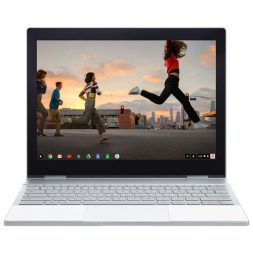 The earlier models of Chromebooks could only run a select number of apps specifically designed for them. You had to navigate to a standalone Chrome app store and pick from the sparse selection. Good news! The world of Android apps is now open to Chromebook users. Well, as long as you have a newer model like the Google Pixelbook. The integration with the wider Android application field means your Chromebook is much more versatile than it used to be. The range and sophistication of Android apps is impressive. And you will have full access to the Google Play store for music and movies as well. I subscribe to the Google Play Music service, and I get more than my money’s worth every month. I love to binge listen to whatever albums catch my attention that day.
The earlier models of Chromebooks could only run a select number of apps specifically designed for them. You had to navigate to a standalone Chrome app store and pick from the sparse selection. Good news! The world of Android apps is now open to Chromebook users. Well, as long as you have a newer model like the Google Pixelbook. The integration with the wider Android application field means your Chromebook is much more versatile than it used to be. The range and sophistication of Android apps is impressive. And you will have full access to the Google Play store for music and movies as well. I subscribe to the Google Play Music service, and I get more than my money’s worth every month. I love to binge listen to whatever albums catch my attention that day.
More power under the Chromebook hood
As you would expect, the constantly progression of processor improvement has benefited the Chromebook tremendously. The Pixelbook, as an example, uses the same intel i5 mobile processor that is used in traditional laptops and higher quality tablets. You will definitely see the benefits of the increases in power and speed that come from the upgrade. Just be aware that the power comes at a hefty price. The newest Chromebooks also have substantially more RAM and hard drive space than their predecessors, and these are both very good things. The onboard graphics cards aren’t going to handle Fortnite or Overwatch, but they have enough power to play movies and app store games with clarity and quality.
Touch the Chrome
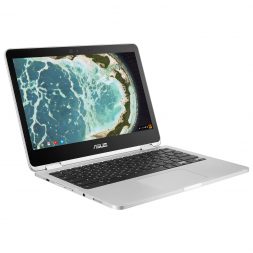 For most of the current generation of Chromebooks, touchscreens are a standard feature. And that is welcome news to me. When you think about it, the mouse and keyboard input method is woefully antiquated, left over from the early computing age. Touchscreens make sense, and they make the device even more useful than it already is. And models like the ASUS Flip allow you to turn the Chromebook into a tablet with a quick flip of the screen. Versatility for the win.
For most of the current generation of Chromebooks, touchscreens are a standard feature. And that is welcome news to me. When you think about it, the mouse and keyboard input method is woefully antiquated, left over from the early computing age. Touchscreens make sense, and they make the device even more useful than it already is. And models like the ASUS Flip allow you to turn the Chromebook into a tablet with a quick flip of the screen. Versatility for the win.
Virus? What Virus?
I’m tempting fate by writing this, so be prepared for a future where this is proven wrong. But for now, the Chrome OS is a secure operating system that is virtually virus-free. Every application and web browser session run by Chrome OS is isolated from the rest of the computer’s activities, so anything malicious within that session is kept from affecting anything else. Chrome OS maintains strict control over the core elements of the operating system and repairs them whenever needed. And since most of the application heavy-lifting takes place on Google’s well-defended cloud servers, there’s almost no opportunity for digital malfeasance aimed at you.
Images from google.com

